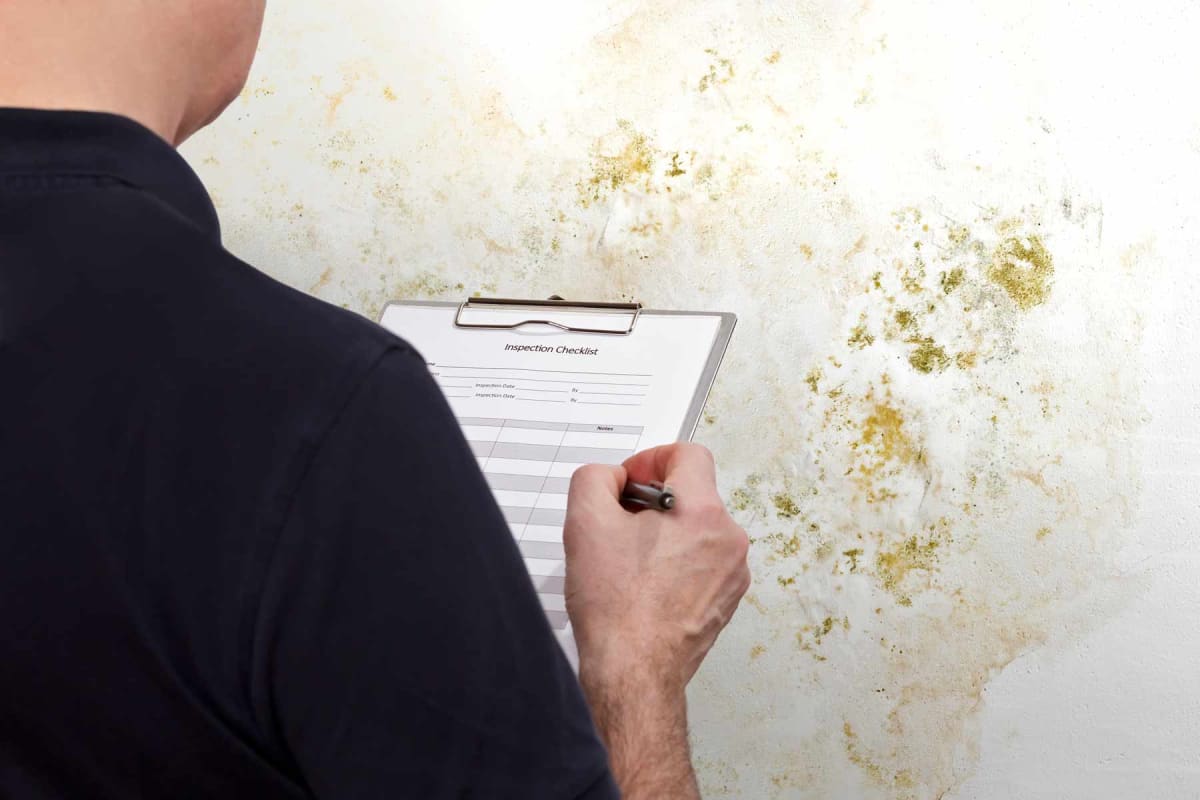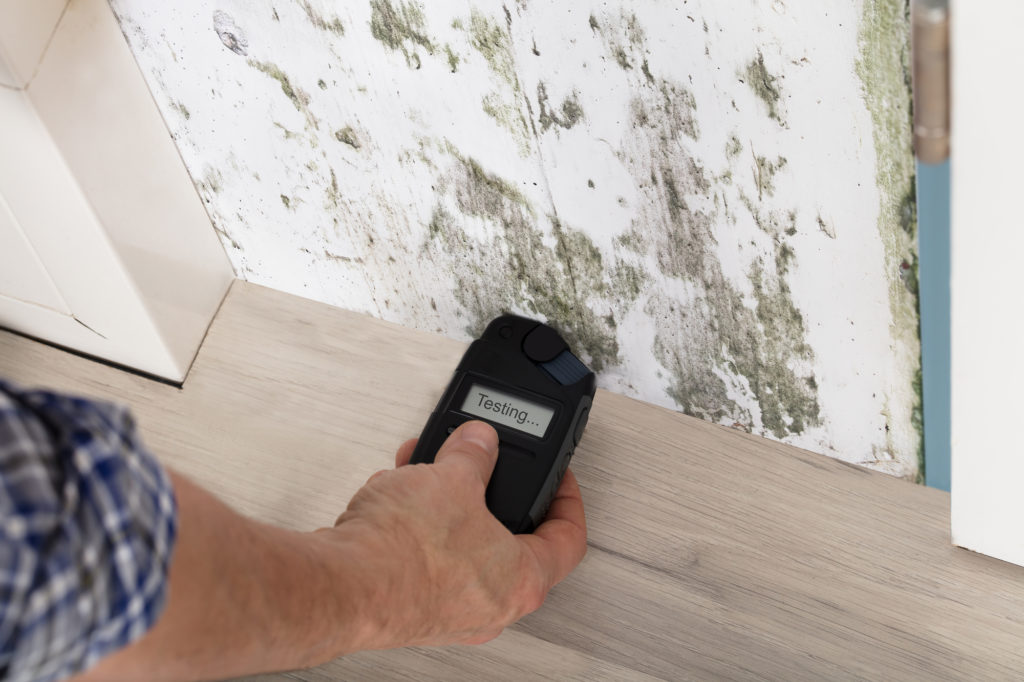Effective Post Mold Remediation Cleaning Protocols
Effective Post Mold Remediation Cleaning Protocols
Blog Article
Your Ultimate Guide to Blog Post Mold And Mildew Remediation Strategies
In the results of mold problem, recognizing just how to effectively get rid of the mold and mildew and stop its reoccurrence is vital for keeping a healthy and balanced indoor environment. From choosing the appropriate cleansing and sanitizing techniques to executing techniques for long-term mold and mildew avoidance, each action in the remediation trip plays an essential role in making sure a successful result.
Understanding Post-Mold Remediation Refine
After completing the mold and mildew remediation process, it is crucial to understand the post-mold removal techniques that are needed to ensure a detailed and efficient cleanup. When the mold and mildew has been removed, the following action involves cleansing and disinfecting the impacted areas to stop any type of regrowth of mold and mildew. This includes utilizing specialized cleansing representatives to clean down surfaces and kill any kind of remaining mold and mildew spores. It is necessary to dry the area entirely to discourage the growth of mold and mildew in the future (Post remediation mold testing near me). Appropriate ventilation and dehumidification can assist in this procedure.
Moreover, carrying out a final examination post-remediation is crucial to guarantee that all mold and mildew has actually been efficiently gotten rid of. If the inspection reveals any type of sticking around mold, extra removal may be required.
Effective Cleansing and Disinfecting Techniques

Stopping Future Mold And Mildew Growth

Value of Appropriate Ventilation
Appropriate air flow plays an important role in stopping wetness build-up, a vital factor in mold and mildew development within interior environments. Reliable air flow systems assist remove excess moisture from the air, decreasing the chances of mold and mildew spores discovering the moisture they need to spread and sprout. Without adequate air flow, interior spaces can come to be a breeding ground for mold, leading to potential wellness threats and architectural damages.
By making sure correct air circulation, air flow systems can additionally aid in drying out moist areas quicker after water damages or flooding occurrences, additionally hindering mold development. Post Mold Remediation Report. In rooms like washrooms, kitchens, basements, and attic rooms where moisture levels have a tendency to be higher, setting up and maintaining reliable air flow systems is crucial in protecting against mold invasions

Surveillance and Upkeep Tips
Given the critical role that appropriate air flow plays in stopping mold development, it is necessary to develop effective monitoring and upkeep pointers to ensure the continued capability of ventilation systems. Regular evaluations of ventilation systems need to be conducted to look for any type of indicators of clogs, leaks, or malfunctions that can hamper proper air movement. Surveillance humidity degrees within the residential property is additionally critical, as high moisture can add to mold and mildew development. Mounting a hygrometer can assist track moisture degrees and alert home owners to any type of spikes that might need attention. Furthermore, making sure that air filters are frequently cleansed or changed is essential for keeping the performance of the air flow system. Implementing a timetable for regular maintenance jobs, such as air duct cleansing and cooling and heating system inspections, can help avoid issues prior to they intensify. By remaining positive and alert to the condition of ventilation systems, residential property proprietors can properly alleviate the threat of mold regrowth and keep a healthy and balanced indoor atmosphere.
Final Thought
To conclude, post-mold removal techniques are vital for making sure a clean and risk-free environment. Understanding the procedure, carrying out efficient cleansing and sanitizing methods, protecting against future mold and mildew development, maintaining correct air flow, and regular monitoring are all crucial actions in the removal process. By complying with these guidelines, you can efficiently remove mold and prevent its return, functioning or advertising a healthy and balanced living room for all residents.
In the results of mold and mildew invasion, knowing just how to efficiently remove the mold and prevent its reoccurrence is extremely important for keeping a healthy and balanced indoor setting. As soon as the mold and mildew has actually been gotten rid of, the following action includes cleaning and sanitizing the impacted locations to prevent any basics kind of regrowth of mold and mildew - testing air quality after mold remediation. After getting rid of noticeable mold growth, it is critical to clean all surfaces in the affected area to get rid of any kind of remaining mold spores. To better boost mold prevention actions, it is crucial to attend to underlying problems that originally led to mold and mildew growth.Offered the essential function that correct air flow plays in avoiding mold growth, it is essential to develop effective monitoring and maintenance tips to guarantee the ongoing performance of ventilation systems
Report this page